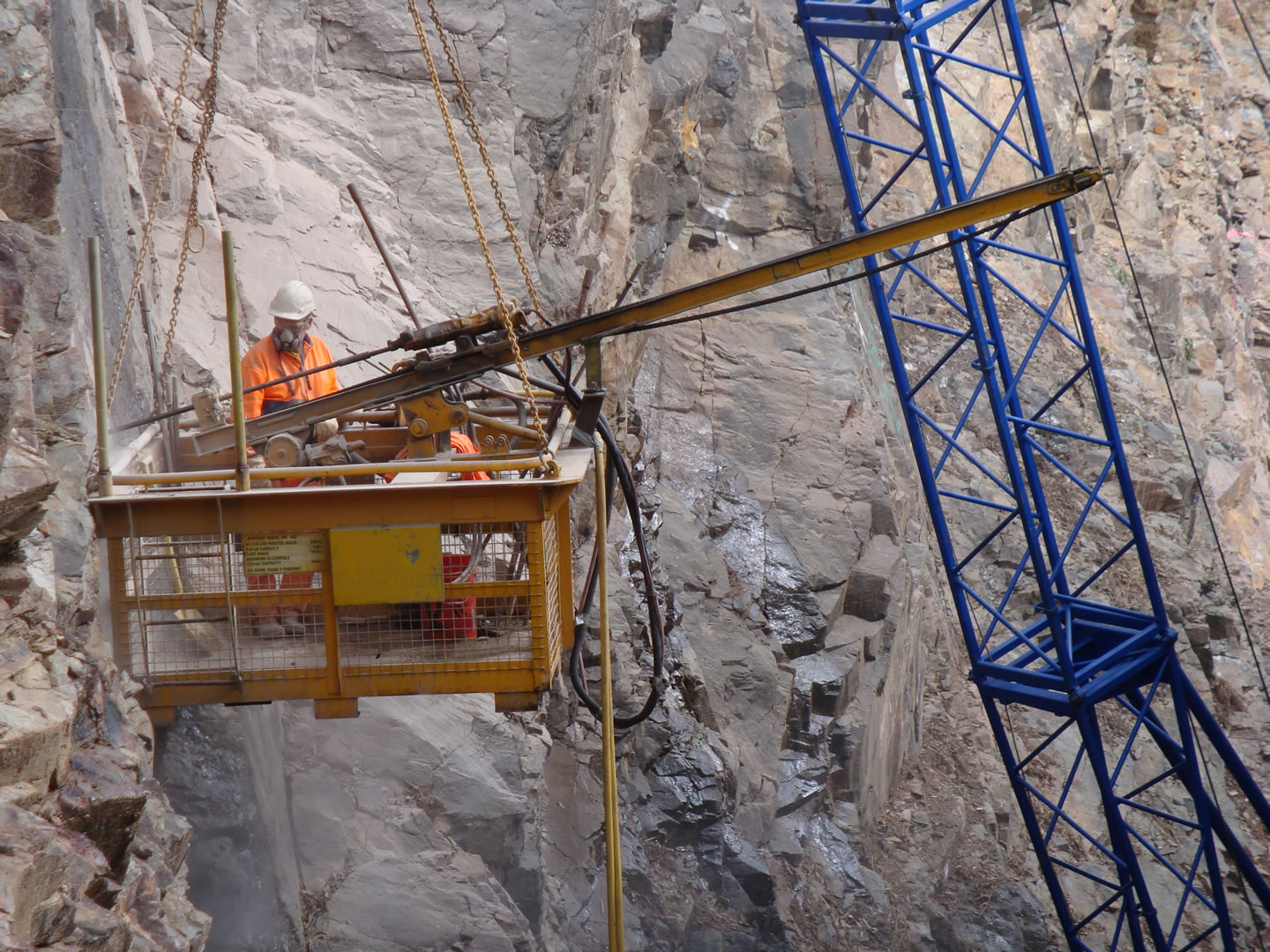Williams Anchors: Relied On Solutions for Deep Structure and Geotechnical Requirements
Williams Anchors: Relied On Solutions for Deep Structure and Geotechnical Requirements
Blog Article
Reliable Rock Anchors for Secure and Stable Foundations
In the world of civil design, the function of reliable rock supports can not be overstated, as they are pivotal in developing secure and secure foundations throughout a range of applications. Recognizing the various kinds of rock anchors, their specific applications, and the intricacies of setup and maintenance is essential for maximizing their performance.
Kinds of Rock Anchors

Passive anchors depend on the weight of the structure and the surrounding soil or rock to supply resistance. Energetic supports, on the various other hand, involve the application of tension through a high-strength cable television or rod, producing a pre-stressed problem in the support - Williams Anchors.
Grouted supports are one more substantial group, wherein a steel bar or cable television is placed into a pierced opening, adhered to by a cementitious grout. Once cured, the grout bonds with the surrounding rock, producing a durable anchoring system. Each type of rock anchor offers distinct advantages based on the specific geological conditions and structural demands, consequently playing a vital duty in the total integrity and longevity of constructed facilities.
Applications in Construction
Rock anchors play a crucial duty in different construction applications, giving crucial assistance and stability in varied settings. These innovative solutions are made use of in tasks varying from massive facilities advancements to smaller residential frameworks. One of the primary applications of rock supports is in the stablizing of slopes and preserving walls, where they aid stop soil erosion and keep structural honesty.
Additionally, rock supports contribute in securing foundations for bridges, passages, and high-rise structures, guaranteeing they can endure side forces such as wind and seismic activity. Their convenience permits installment in challenging geological conditions, making them excellent for projects in hilly or rough terrains.

Secret Option Requirements
Selecting the proper rock anchor for a particular application needs mindful factor to consider of several key requirements. Firstly, the geological problems of the site should be thoroughly examined. Comprehending rock click reference kind, toughness, and stability is necessary to ensure that the support will perform efficiently under tons problems.

One more crucial element is the deterioration resistance of the anchor products. In settings exposed to dampness or chemicals, making use of corrosion-resistant products will certainly lengthen the life expectancy of the supports and keep structural integrity over time.
Additionally, the support's setup approach ought to align with the project's needs and restrictions. Alleviate of you can try this out installment, as well as the possible effect on bordering frameworks, should be thought about.
Installment Techniques
Effective installment techniques are vital for the successful efficiency of rock anchors. Appropriate setup makes sure that the supports attain the desired load-bearing ability and stability within the geological conditions. The primary step in the installation procedure entails website assessment, where geological surveys determine the rock type, condition, and any kind of prospective difficulties.
As soon as the website is evaluated, the proper exploration technique need to be chosen-- choices consist of rotary exploration, ruby boring, or percussion boring. The selection depends upon rock firmness and ecological factors to consider. Precise boring deepness and angle are necessary to ensure that the anchors align with structural requirements and lots distribution.
After drilling, the following phase includes cleaning up the borehole to remove debris, which can jeopardize continue reading this bond toughness. Following this, the support is put, and if needed, a grout or material is infused to boost bond. The treating time of these materials need to be stuck to, making sure that the anchors accomplish full strength prior to any type of tons is used.
Upkeep and Assessment
Proper upkeep and assessment of rock anchors are important to guarantee their lasting performance and integrity (Williams Anchors). Routine evaluations assist determine any type of prospective issues, such as corrosion, variation, or structural tiredness that can jeopardize the stability of the anchoring system
Routine examinations need to be performed at defined intervals, taking into consideration environmental aspects and the details application of the rock anchors. Aesthetic assessments should concentrate on the exposed areas of the anchors, checking for indicators of rust, splits, or various other abnormalities. Furthermore, it is crucial to examine the bordering geological conditions to discover any changes in dirt or rock that may influence support efficiency.
Sometimes, advanced methods such as load testing or non-destructive testing may be called for to establish the anchors' load-bearing capacity and overall health and wellness. Proper documentation of assessment findings, maintenance activities, and any kind of repair services or substitutes executed is important for ongoing evaluation and conformity with sector requirements.
Verdict
Finally, reputable rock anchors play a crucial duty in ensuring safe and steady structures throughout various construction applications. By efficiently transferring loads and boosting security against lateral forces, these anchors add dramatically to the longevity and honesty of structures such as bridges, passages, and keeping walls. Strategic choice, setup, and maintenance of rock anchors are necessary for optimizing efficiency and protecting public safety, ultimately underscoring their relevance in contemporary design techniques.
Report this page